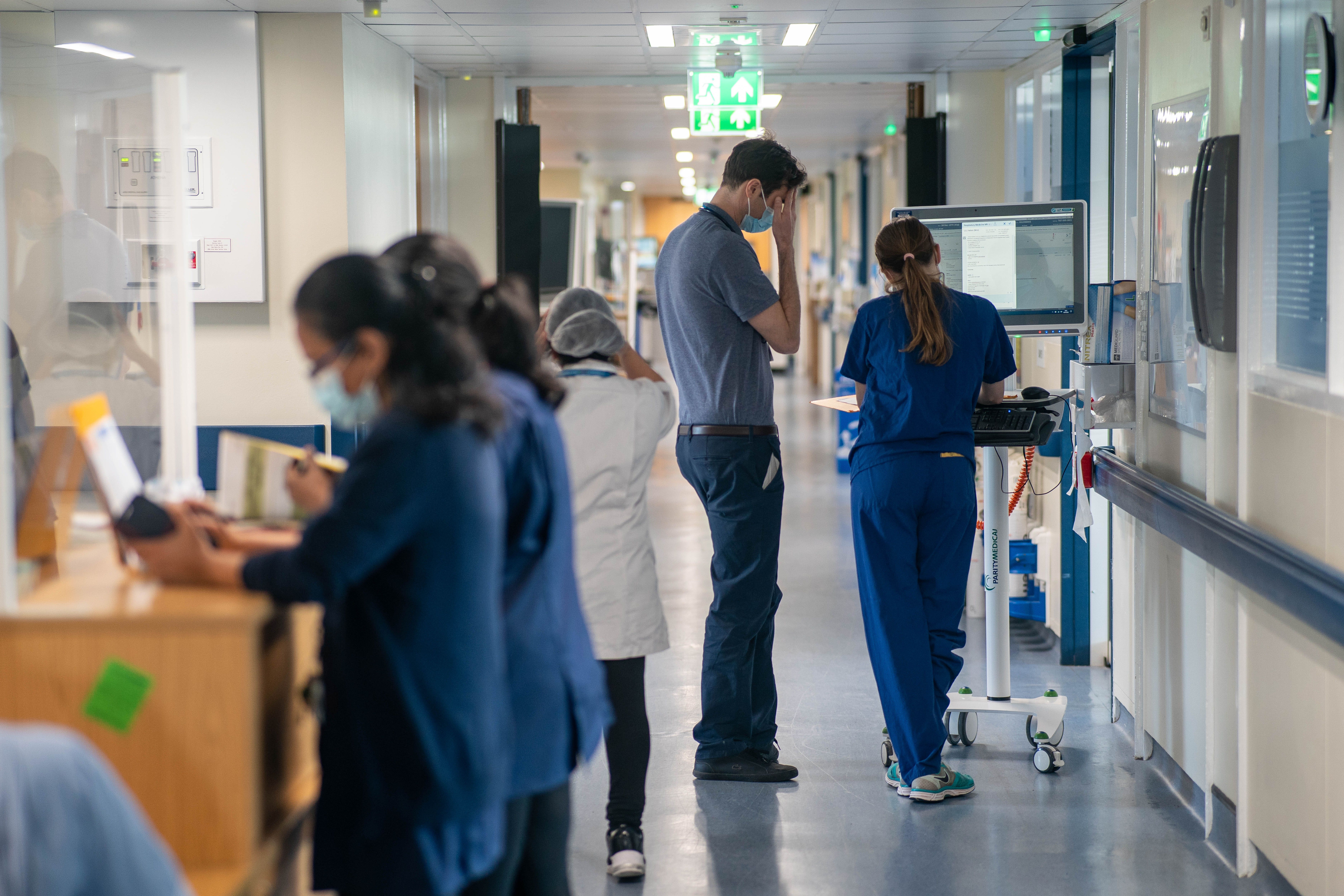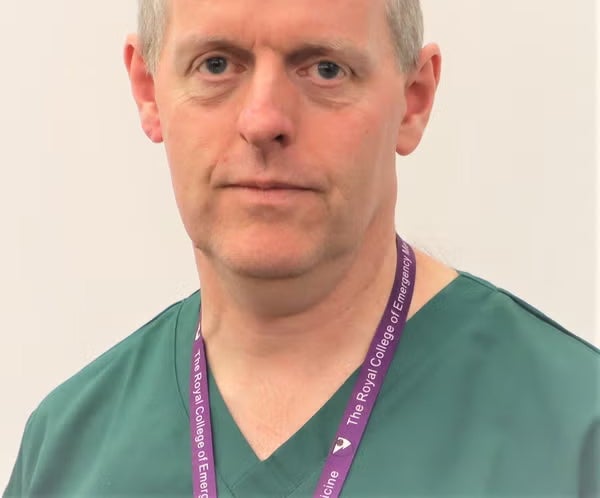Long A&E waiting times ‘needlessly killing 250 people a week’
Top emergency doctor warns patients are being subjected to ‘avoidable harm’
Your support helps us to tell the story
From reproductive rights to climate change to Big Tech, The Independent is on the ground when the story is developing. Whether it's investigating the financials of Elon Musk's pro-Trump PAC or producing our latest documentary, 'The A Word', which shines a light on the American women fighting for reproductive rights, we know how important it is to parse out the facts from the messaging.
At such a critical moment in US history, we need reporters on the ground. Your donation allows us to keep sending journalists to speak to both sides of the story.
The Independent is trusted by Americans across the entire political spectrum. And unlike many other quality news outlets, we choose not to lock Americans out of our reporting and analysis with paywalls. We believe quality journalism should be available to everyone, paid for by those who can afford it.
Your support makes all the difference.More than 250 patients a week may have died in England last year due to long waits in A&E for a hospital bed, a new study suggests.
Research by the Royal College of Emergency Medicine (RCEM) says patients are coming to harm due to spending hours in emergency departments, particularly after a decision has been made to admit them.
The NHS recovery plan set a target of March for 76 per cent of patients attending A&E to be admitted, transferred or discharged within four hours. This target will increase to 78 per cent in March next year following criticism it was not ambitous enough.
But figures for last month reveal that just 70.9 per cent of patients were seen within that time frame.
In February, the number of people waiting more than 12 hours in A&E departments from arrival to be seen, admitted or discharged stood at 149,075. In January, this figure hit a high of 174,110.
The news comes following a series of stories from The Independentexposing the trust scale of long A&E waits with an estimated 15,000 deaths in 2022, 500 a week, linked to patients waiting more than 12 hours.
For its latest excess death estimates, the RCEM used a study of more than 5 million NHS patients published in the Emergency Medicine Journal (EMJ) in 2021.
This found there was one excess death for every 72 patients that spent eight to 12 hours in an A&E department.
The risk of death started to increase after five hours and got worse with longer waiting times.

In 2022, the RCEM said it believed 300 to 500 excess deaths were likely to have occurred in England each week using this calculation, but it has since carried out a Freedom of Information audit of NHS trusts to refine this figure.
This found that 65 per cent of people waiting 12 hours or more in A&E are patients waiting for a hospital bed.
NHS data for England shows more than 1.5 million patients waited 12 hours or more in major emergency departments in 2023, meaning over a million of those were waiting for a bed.
The RCEM has calculated that, when looking solely at patients awaiting admission, an average of 268 excess deaths are likely to have occurred each week in 2023, which is “only 17 fewer than 2022 when applying the same method”.
The college added that patients delayed in the back of ambulances, “of which there are thousands”, are not included in the figures but are also at risk of harm.
It said the overall estimates are likely to be conservative.
Dr Adrian Boyle, president of the RCEM, said: “Excessively long waits continue to put patients at risk of serious harm.
“Small improvements in four-hour access standard performance are not meaningful when there are so many people staying more than 12 hours.
“Effort and money should go where the harm is greatest.”

He added: “The direct correlation between delays and mortality rates is clear. Patients are being subjected to avoidable harm.
“Urgent intervention is needed to put people first. Patients and staff should not bear the consequences of insufficient funding and under-resourcing.
“We cannot continue to face inequalities in care, avoidable delays and death.”
An NHS spokesperson said: “We have seen significant increases in demand for A&E services, with attendances in February up 8.6 per cent on last year and emergency admissions up 7.7 per cent, and the latest published data shows our urgent and emergency care recovery plan – backed by extra funding with more beds, capacity and greater use of measures like same-day emergency care – is delivering improvements, alongside continued work with our colleagues in community and social care to discharge patients when they are medically fit to go home, freeing up beds for other patients.
“The cause of excess deaths is down to several different factors and so it is right that the experts at the ONS [Office for National Statistics] – as the executive branch of the stats authority – continue to analyse these causes.”

Join our commenting forum
Join thought-provoking conversations, follow other Independent readers and see their replies
Comments